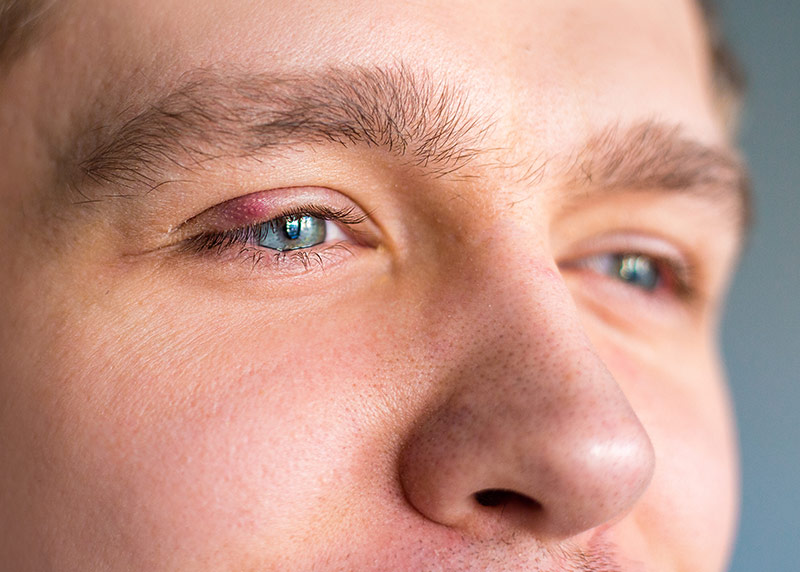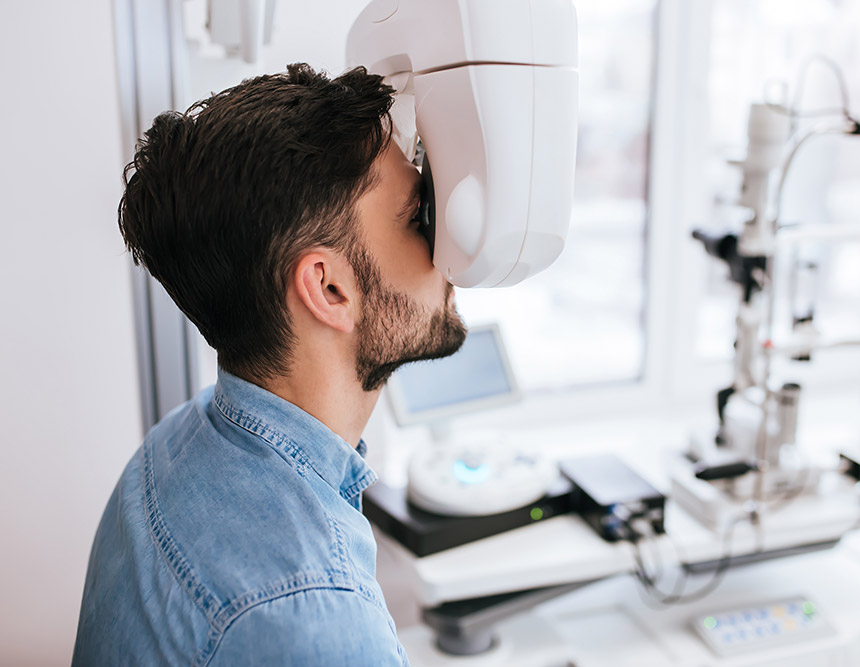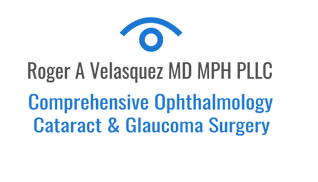Chalazion and Stye Treatment
The best way to tell the difference between a stye and a chalazion is to notice where the bump is. A stye usually forms along the outer rim of the eyelid, though sometimes it can form on the inner rim. A stye can cause the eyelid to become swollen, even torn. It’s also very tender to the touch and usually is red and irritated. If the bump is on the underside of the eyelid, or behind the eyelashes, or midway up the eyelid, it’s probably a chalazion. This type of bump is more likely to form on the upper eyelid.

How is a Stye or a Chalazion treated?
The initial method of treatment usually includes eye drops and laser that work to prevent elevated intraocular pressure.
There are two methods that accomplish this:
Warm Compresses
Soak a clean washcloth in hot water and hold it on your eyelid for 10-15 minutes at a time, 3-5 times a day. Keep the cloth warm by soaking in hot water often. For a chalazion, this warm compress helps the clogged oil gland to open and drain. You can help the gland clear itself by gently massaging around the area with your clean finger.
Antibiotics
Antibiotics may be prescribed for an infected stye.
Surgery to Drain the Area
If your stye or chalazion affects vision or does not go away, you may need to have it drained. This surgery is usually in the doctor’s office using local anesthesia.
Do Not Squeeze or Try to Pop a Stye or Chalazion
Doing so could spread the infection into your eyelid. Do not wear eye makeup or contact lenses while you have a stye or chalazion.
If a stye or chalazion keeps coming back, it may need a biopsy. This is where a tiny piece of tissue is removed and studied. It helps to see if there is a more serious problem.

Request an Appointment
Main Clinic- Castle Hills
6810 West Avenue, Suite B
San Antonio, Texas, 78213
Surgery Center- American Surgery Center
12838 Vista del Norte
San Antonio, TX, 78216
Monday - Friday
Phone
Fax
